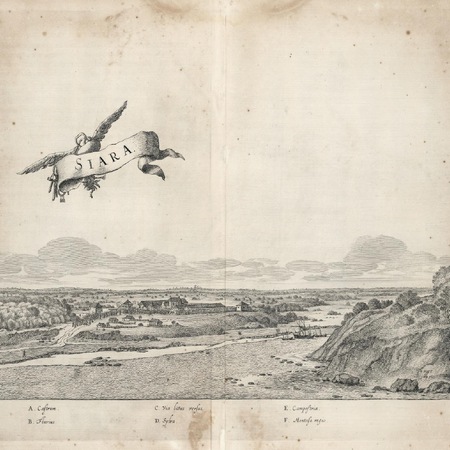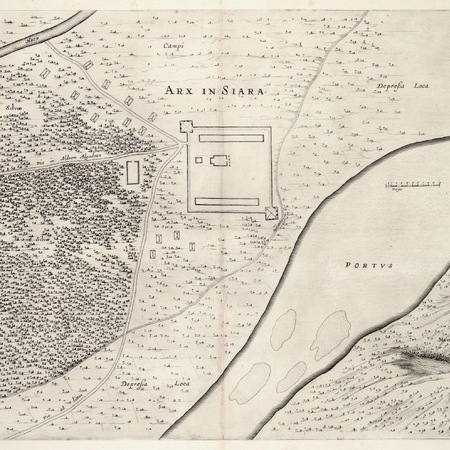Ceará was not settled by the Portuguese during the 16th century. In the 17th century Portugal wanted to form a military base in Ceará to support the Portuguese operations in the war against the French who were active on the coast after being expelled from Paraíba and Rio Grande do Norte. The earliest Portuguese settlement was established near the mouth of the Ceará River in 1603 by Pero Coelho de Sousa. He established the fort of São Tiago, but one year later he abandoned Ceará because of a period of drought.
The French continued operating from Maranhão and Ibiapaba, where they had established a base in 1590. In 1612 the Portuguese Martim Soares Moreno constructed the fortress of São Sebastião on the same site as São Tiago as part of the campaign to expel the French from Maranhão. The fort was located on the right bank of the estuary of the Ceará River.
The Portuguese fort continued till 1637 when the Dutch, having established themselves in Rio Grande do Norte, sent a force to Ceará. The Dutch received help from local indigenous chiefs like Algodão, who sent 200 warriors, and they conquered the small fortress without any problem, capturing three guns. (Barlaeus 1923: 81-82).
The fort was garrisoned with some 40 men under the command of Lieutenant Van der Ham. (Barlaeus 1923: 82-84). Van der Ham was replaced by Gedion Morris in 1641. Morris participated in the attack on São Luis de Maranhão in December 1641, together with an indigenous force from Ceará. He returned in 1644 to Ceará and was killed by the Amerindians who had risen against the Dutch rule. The Dutch garrison of São Sebastião was probably overrun and there are no reports of any survivors (Barretto 2010: 50-52; Hulsman 2008: 4-6).

